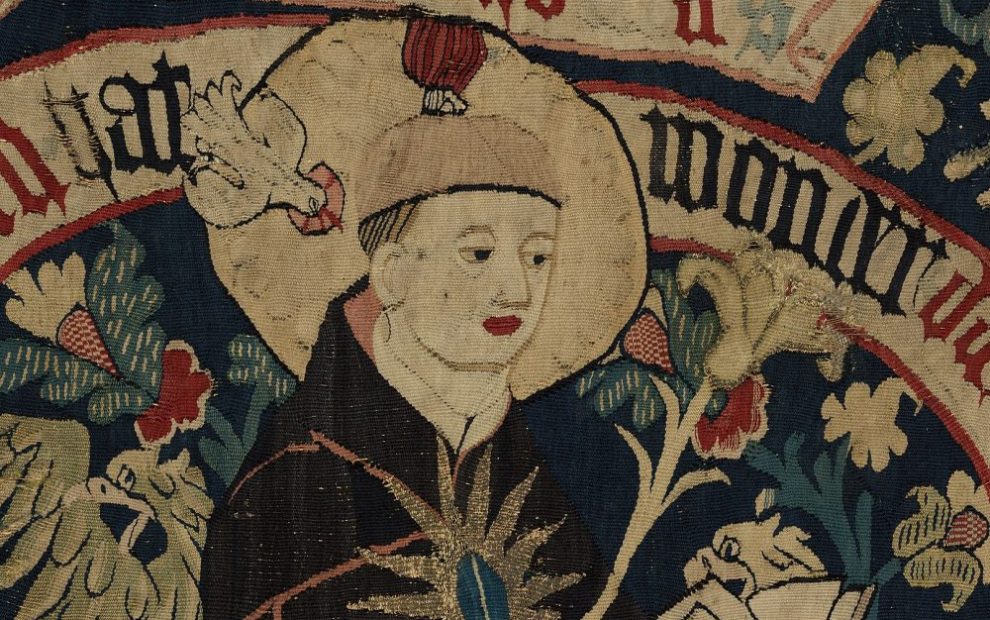Good is to be done and pursued and evil is to be avoided.” So goes the first principle of natural law according to Thomas Aquinas, a morality that remains foundational for much of Catholic ethics. This principle is both obvious and profoundly complex. In an increasingly interconnected world, where our every action has far-reaching implications, what does it mean to do good and avoid evil?
A trip to the supermarket offers a glimpse of this challenge. Walking through the produce section, I think about the farmworkers who harvested the strawberries and broccoli, wondering if they were paid a fair wage. Year-round access to strawberries comes at an ecological cost, a small but significant part of global industrial agriculture’s carbon footprint. Attempting to make healthy, ethical choices that also account for workers and the planet quickly reveals the extent to which we are entangled in complex moral webs. It can all feel overwhelming.
We are almost always morally complicit in these larger systems. Even when we actively work to make ethical choices, we remain entangled within them. This is the reality of social sin. Racism, sexism, and throwaway culture are just a few examples of the structures of sin that shape our world. In Evangelii Gaudium (On the Proclamation of the Gospel in Today’s World), Pope Francis highlights how a throwaway culture and inequality form social systems in which many people are excluded or rendered invisible. Our economic activities inevitably participate in a global reality marked by interdependence, inequality, and indifference.
Faced with this overwhelming reality, some people retreat into a search for moral purity, focusing only on issues deemed intrinsic evils in Catholic teaching such as abortion, euthanasia, and violations of religious freedom. While understandable, this approach fails to capture the complexity of human action or the expansive command to love our neighbor found in the gospels. For Aquinas, morality is both objective and circumstantial, shaped by intention, context, and consequences.
“Our economic activities inevitably participate in a global reality marked by interdependence, inequality, and indifference.”
Catholic social teaching challenges us further, expanding our moral concerns. The list of “infamies” in Gaudium et Spes (On the Church in the Modern World) is strikingly inclusive, naming violations of human dignity ranging from subhuman living conditions to deportation. In a world marked by sin and interdependence, moral purity is unattainable for all but Jesus and Mary, the mother of God.
Yet, Christian ethics provides tools to grapple with this moral complexity and move us toward action rather than retreat. Acknowledging our moral complicity frees us to make intentional moral choices and focus our efforts on meaningful change in our lives and communities. In the supermarket, I can prioritize local produce, choose sustainably caught fish, or opt for fair trade coffee.
Practical reason and prudential judgment are essential for applying Aquinas’ first principle. Invoking prudential judgment does not lessen the moral weight of a situation. It is not a “get out of jail free” card but a method of discernment in a complicated world.
The challenge is both personal and social. Each of us must engage in this moral discernment. In contrast to social sin, solidarity is the virtue by which we come together to pursue the good and dismantle structures of sin.
Personally, I’ve found the Serenity Prayer helpful in preparing to live out Aquinas’ maxim. Attributed to Protestant theologian Reinhold Niebuhr, the prayer acknowledges moral complexity while calling us to act for the common good: “God grant me the serenity to accept the things I cannot change, the courage to change the things I can, and the wisdom to know the difference.”
Aquinas, Catholic social teaching, and Niebuhr each offer a realistic appreciation of sin and moral evil while empowering us to pursue the good together.
This article also appears in the February 2025 issue of U.S. Catholic (Vol. 90, No. 2, pages 40-41). Click here to subscribe to the magazine.
Image: Wikimedia Commons













Add comment